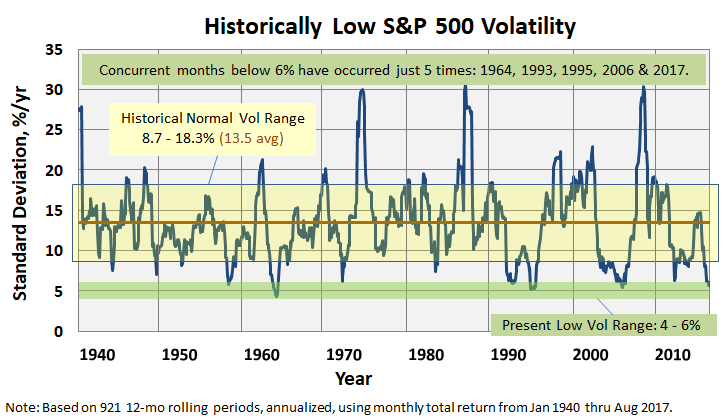Warren Buffet once quipped: “Forecasts usually tell us more of the forecaster than of the forecast.” This is one reason I hesitate to forecast what we might see this year for capital gains distributions from mutual funds. Nonetheless, I’ll reveal a little about myself and will make an educated guess.
Looking Back
I don’t track absolute dollars of fund distributions, but for the Continue reading →



 For those of us who teach, August is a bittersweet month. Each year we approach summer like a gaggle of penitent drunks. This time, we promise, it’ll be different. We’ll do better. Trust us: we will revise all of our courses for fall. We will catch up on that mountain of books heaped beside the chair. We will finish that book manuscript (Miscommunication in the Workplace, 2d ed., in my case.). On top of which, we’ll see our children without the use of small electronic devices, we’ll be out there running at 6:00 each morning, we’ll get our roughage and
For those of us who teach, August is a bittersweet month. Each year we approach summer like a gaggle of penitent drunks. This time, we promise, it’ll be different. We’ll do better. Trust us: we will revise all of our courses for fall. We will catch up on that mountain of books heaped beside the chair. We will finish that book manuscript (Miscommunication in the Workplace, 2d ed., in my case.). On top of which, we’ll see our children without the use of small electronic devices, we’ll be out there running at 6:00 each morning, we’ll get our roughage and  Chuck Jaffe has been named editor-in-chief of RagingBull.com. Do I even make jokes about Chuck and a site that highlights “bull”? No. No, I do not. Chuck’s appointment is part of a process to increase the stock-touting site’s journalistic integrity and transparency.
Chuck Jaffe has been named editor-in-chief of RagingBull.com. Do I even make jokes about Chuck and a site that highlights “bull”? No. No, I do not. Chuck’s appointment is part of a process to increase the stock-touting site’s journalistic integrity and transparency.